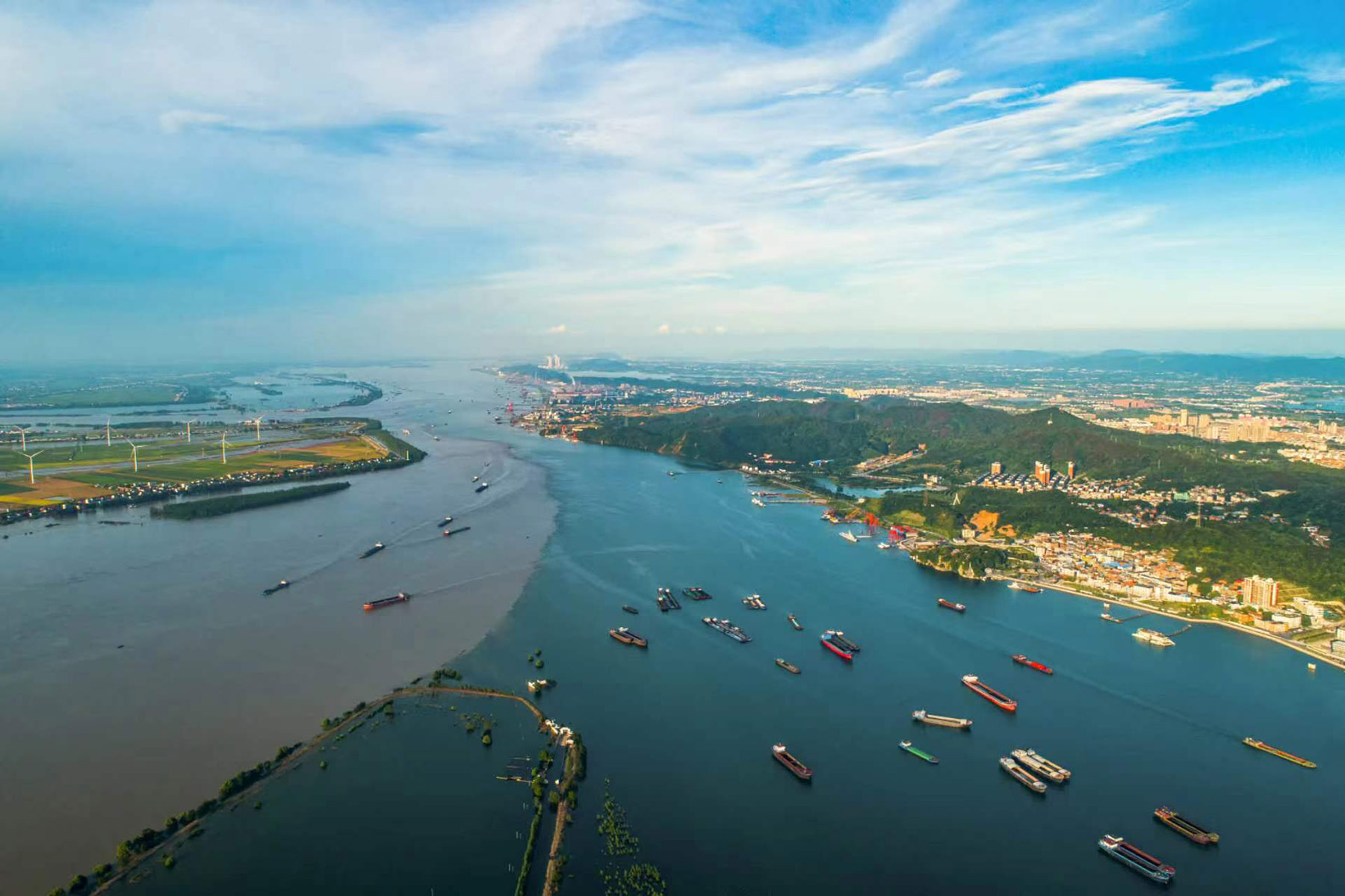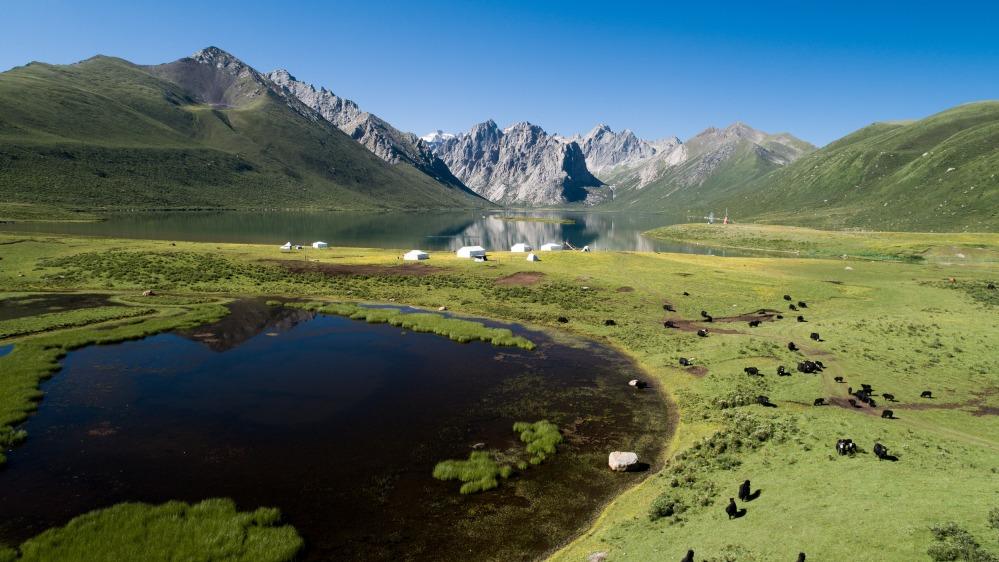
XINING - The headwaters of the Yangtze, China's longest river, are expected to experience a warming and humidification trend in the future, posing multiple challenges, according to Chinese researchers.
The information was revealed during a recent scientific expedition conducted by the researchers in the headwater regions of the Yangtze and Lancang rivers in Northwest China's Qinghai province.
READ MORE: Numbers of Yangtze finless porpoise increasing
By the end of the 21st century, under moderate emission scenarios, average temperatures in the Yangtze's source area could rise by 2 to 4 degrees Celsius, with precipitation potentially increasing by 10 percent to 30 percent, said Qin Pengcheng, a senior engineer from the meteorological center of the Yangtze River Basin.
The headwaters of the Yangtze River stand on the Qinghai-Xizang Plateau, with an average elevation of over 4,500 meters. The plateau, known as "the roof of the world," is also the birthplace of the Yellow River, the second-longest river in the country, and the Lancang River (known as the Mekong River after it flows out of China).
The warming and increased humidity at the source area of the Yangtze have raised risks, including glacier shrinkage and increased water and sediment flow.
"Accelerated glacier retreat in the region is evident, with iconic glaciers showing gradual shrinkage," said Fan Yue, a member of the scientific expedition.

Additionally, extreme precipitation events in the upper reaches of the Yangtze have been increasing in frequency and intensity. In August 2023, the Zhimenda hydrological station recorded a once-in-a-century flood since its establishment in 1956, causing severe damage to local roads..
ALSO READ: Efforts to conserve Sanjiangyuan ecology paying rich dividends
From July 1 to 22 this year, precipitation in the Yangtze source area was 53.5 percent above the average for the same period of previous years and broke a record over the past decade.
While China's conservation efforts have improved biodiversity in the region, experts call for a global response and joint measures to tackle global warming, along with increased attention and research on the Yangtze's warming and more humid headwaters.
Vital components of the Qinghai-Xizang Plateau ecosystem, the headwater regions of the Yangtze and Lancang rivers play a crucial role in safeguarding water resources, protecting biodiversity and ensuring ecological stability.
Annual scientific expeditions to the source of the Yangtze River have been conducted since 2012.


